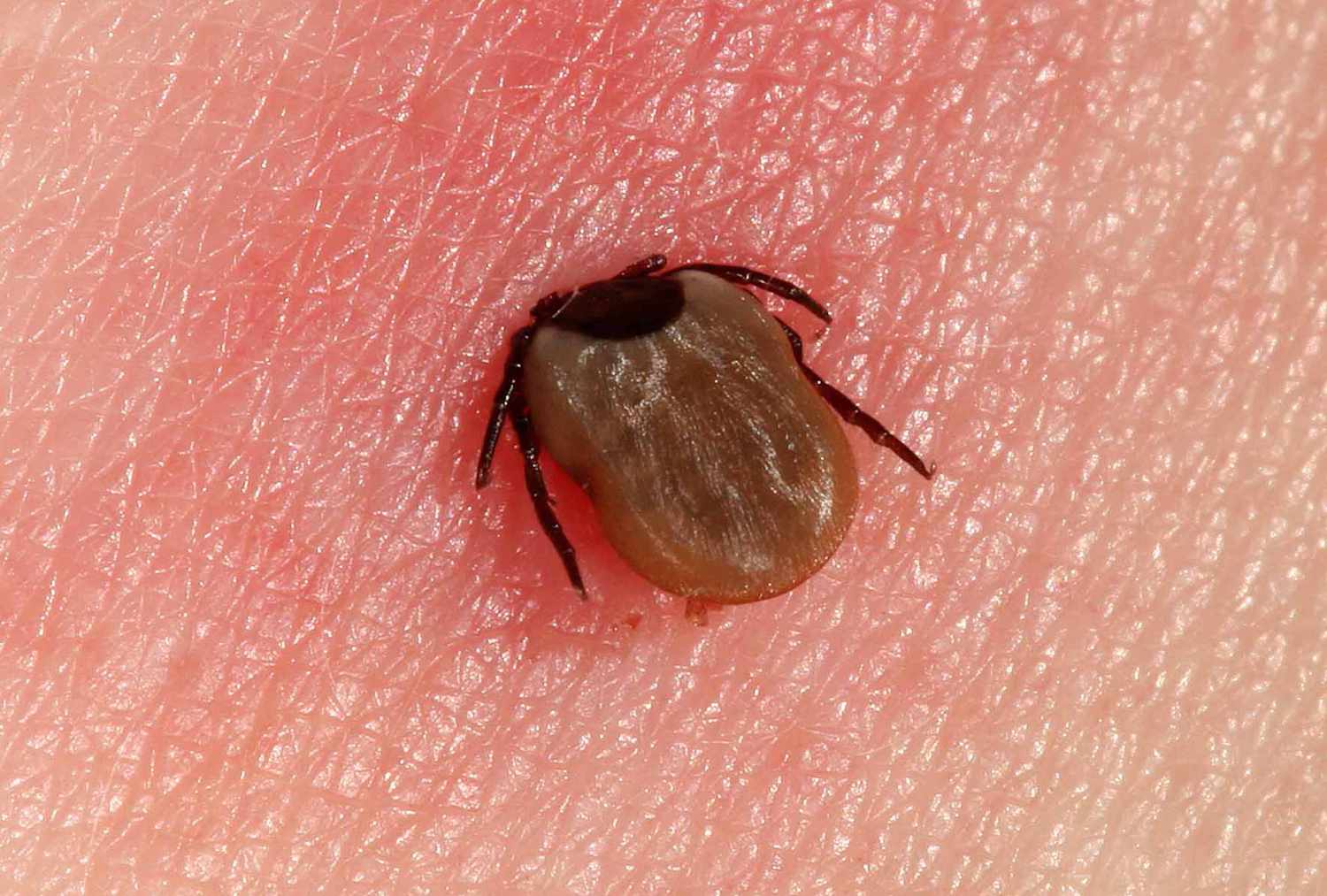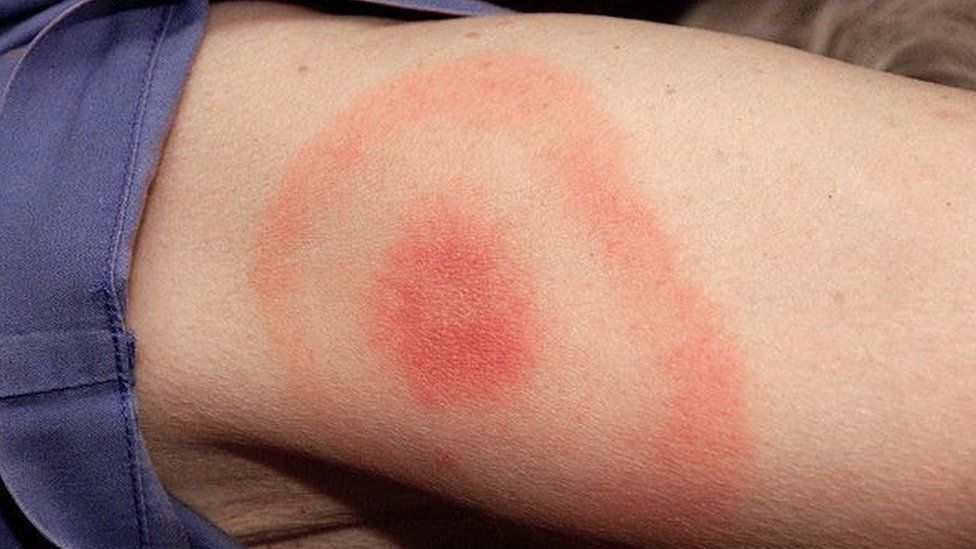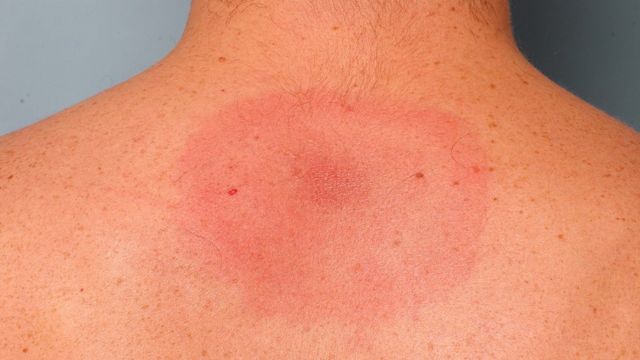
What is Lyme disease?
Lyme disease is an infection caused by spirochaetes of the group Borrelia burgdorferi
sensu lato. The spirochaetes are transmitted by the bite of hard-bodied ixodid ticks.
Birds, mice, deer, voles, and lizards are the main reservoirs of Borrelia. Infection is
unlikely if the tick is attached for <48h. Lyme borreliosis occurs in forested areas
throughout most of Europe, but particularly Germany (Black Forest), Austria,
Slovenia, and Sweden, as well as the coastal areas of north-east uSA, the upper
Midwest of the uSA, and the West coast of the uSA.

How does Lyme disease present?
Erythema migrans is an early sign of localized disease. The rash usually resolves in
days to weeks but may persist for a year. Disseminated Lyme disease may have
cardiac (atrioventricular block, myopericarditis), rheumatological (monoarticular or
oligoarticular arthritis), and/or neurological (meningitis, peripheral or cranial
neuropathy, myelitis) manifestations. Late persistent manifestations include chronic
arthritis and peripheral neuropathy. Late skin signs, acrodermatitis chronica
atrophicans (bluish red atrophic skin on the hands, feet, and leg) and borrelia
lymphocytoma (erythematous, dusky, or violaceous nodule, most often on the ear
lobe, nipple, or scrotum), are seen predominantly in Europe.

What should I look for in early disease?
• Erythema migrans develops 7–10 days after the tick bite.
• The rash may be slightly itchy. Flu-like symptoms are common.
• A small erythematous macule/papule appears at the site of the bite.
• Erythema extends over days to weeks to produce an annular lesion with central
clearing or a roundish smooth erythematous patch.
• Erythematous lesions range in size from 10cm to >50cm in diameter.
• Warm the skin to make the signs more obvious.
What should I do?
• Discuss how to reduce the likelihood of further tick bites.
• Take blood for serology if the patient has been infected for >6 weeks. Antibodies are
not present in early infection. (Treated patients may remain seropositive for months to
years.)
• Take a skin biopsy, if a rash is present.
• prescribe amoxicillin 1500–2000mg/day in divided doses or doxycycline 100mg bd
or cefuroxime 500mg bd for at least 4 weeks to treat erythema migrans.
• Some authorities recommend a single 200mg dose of doxycycline within 72h of a
tick bite, and others doxycycline 100–200mg bd for at least 20 days, to prevent Lyme
borreliosis after a tick bite.